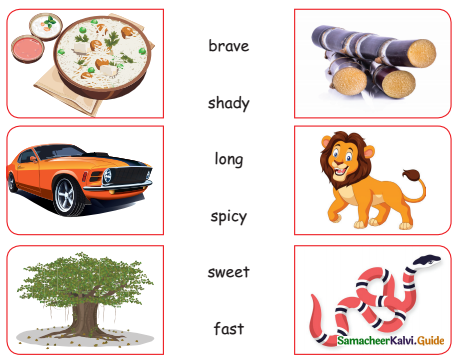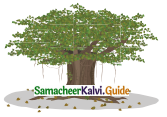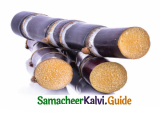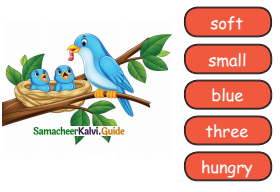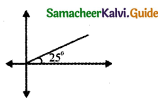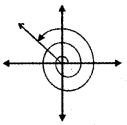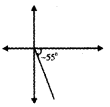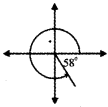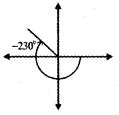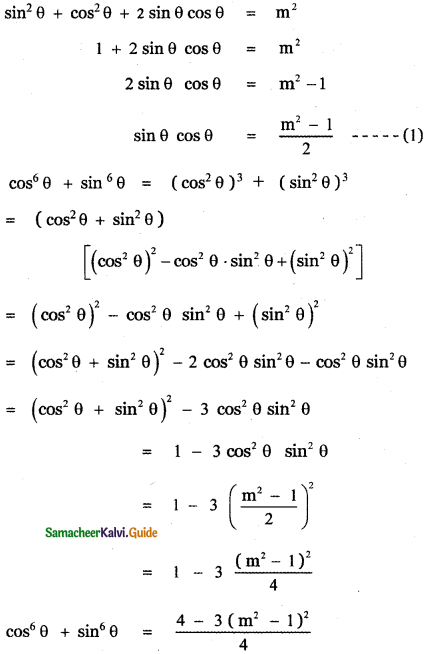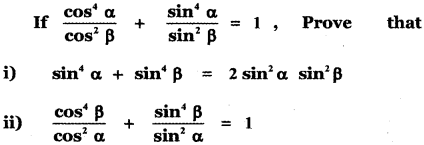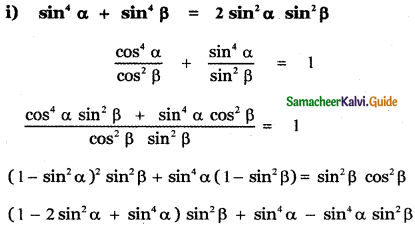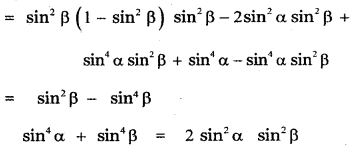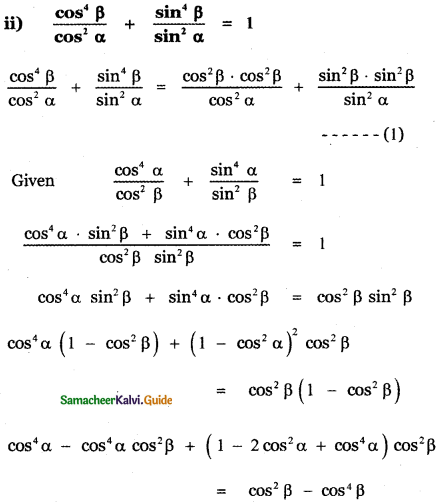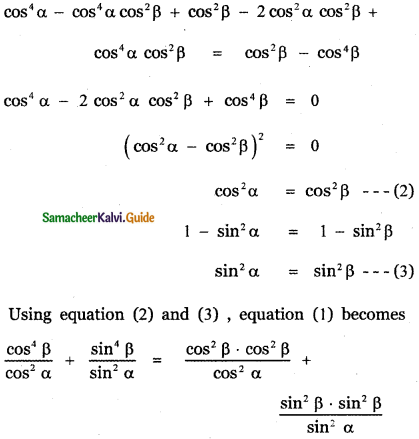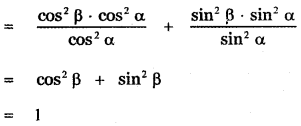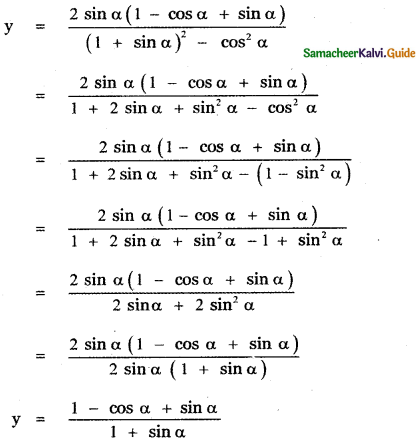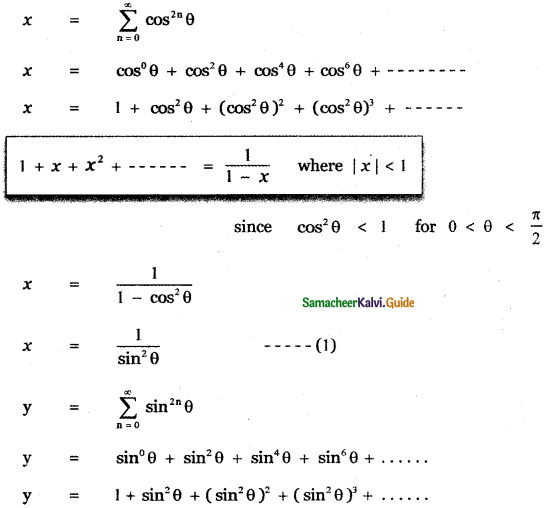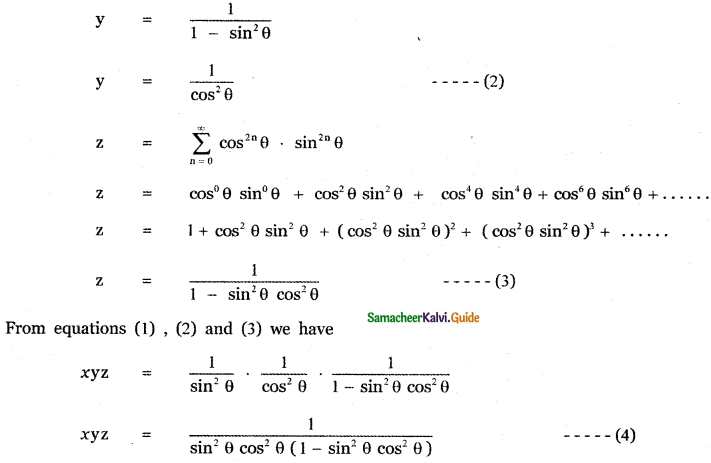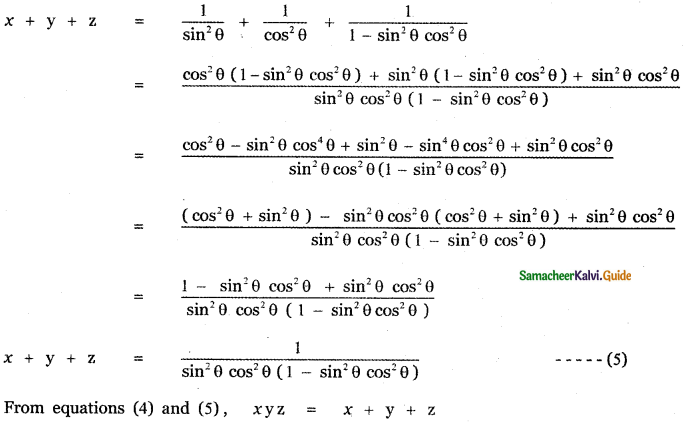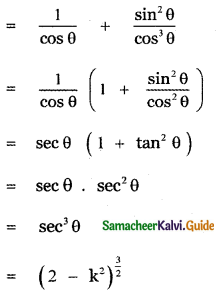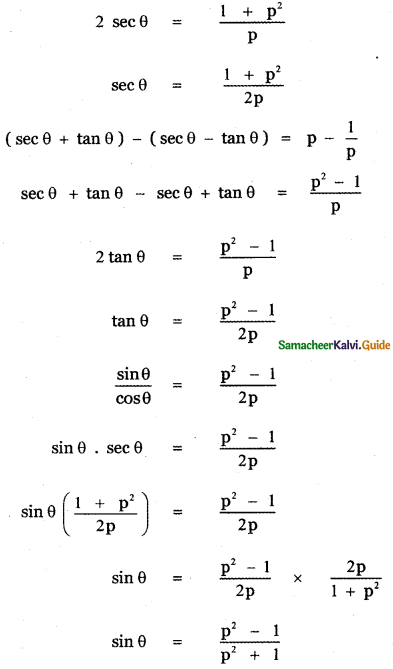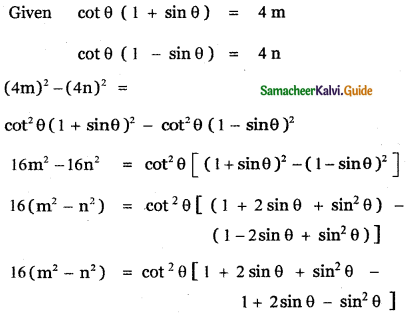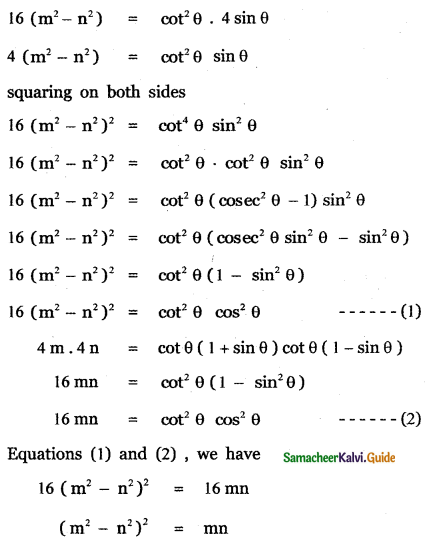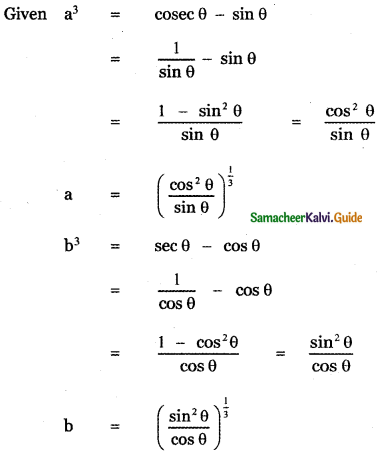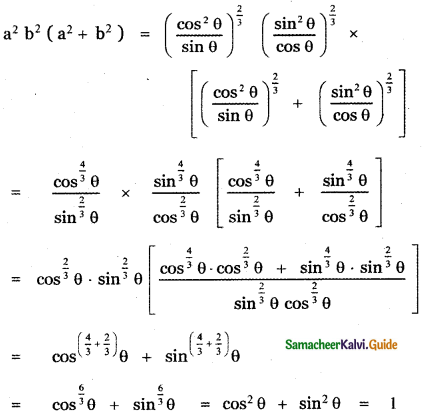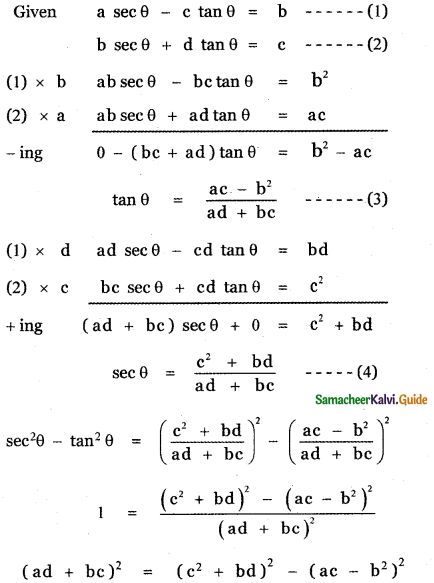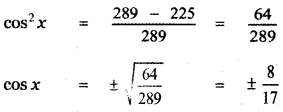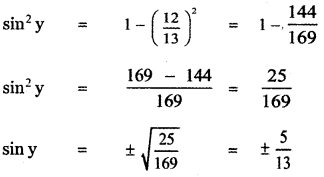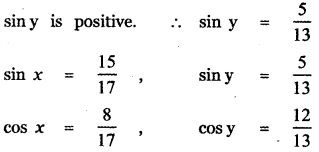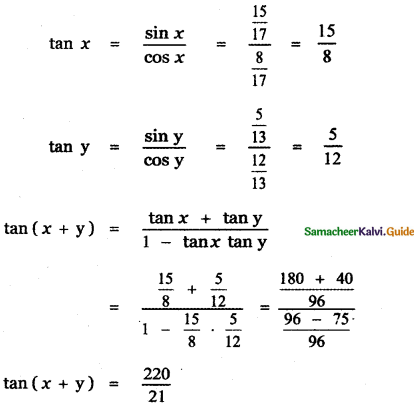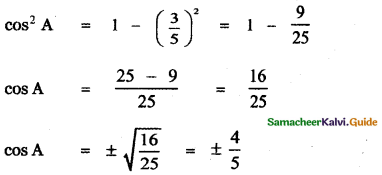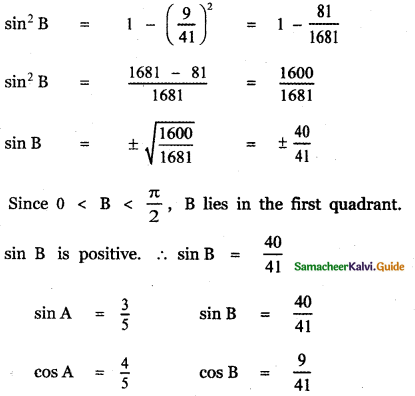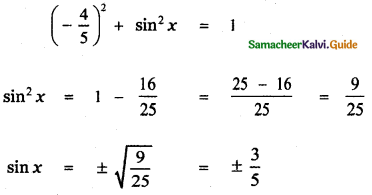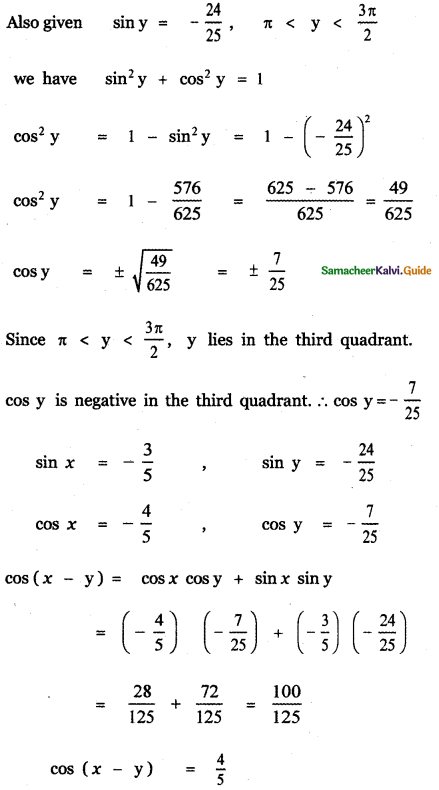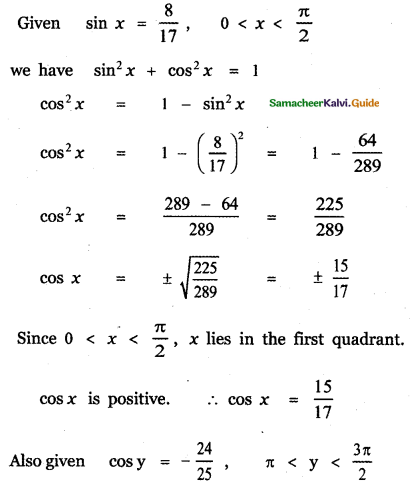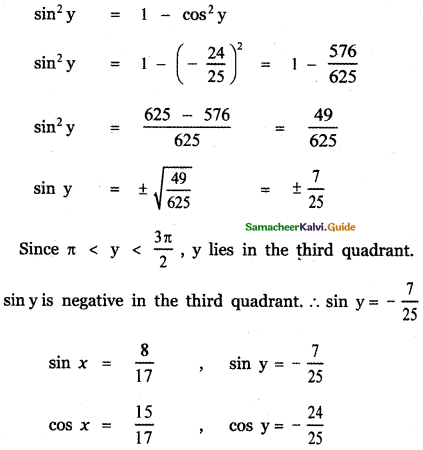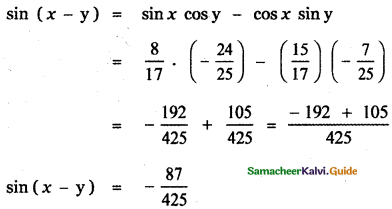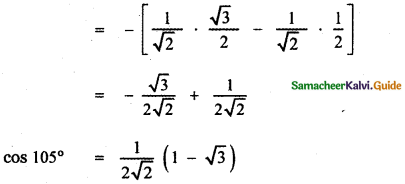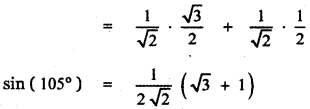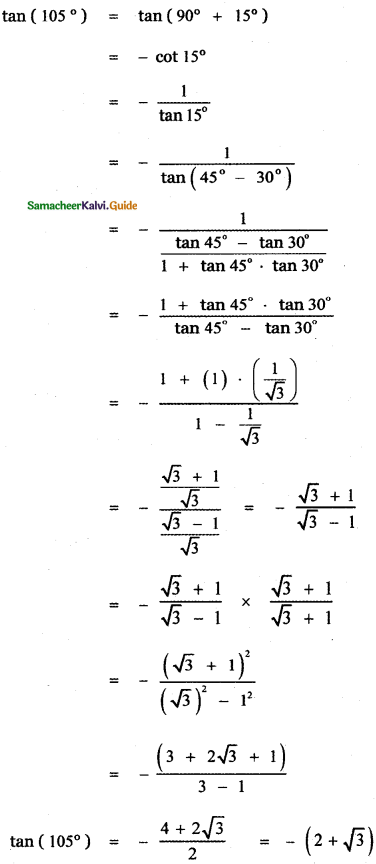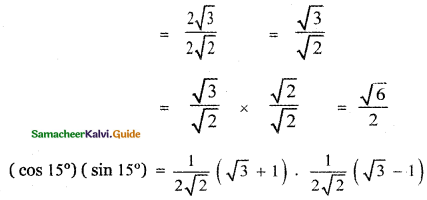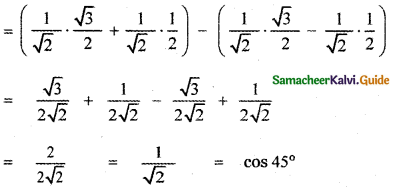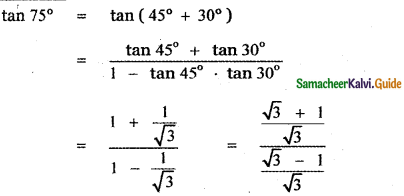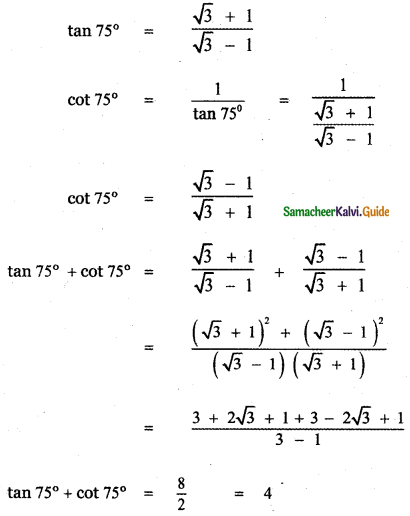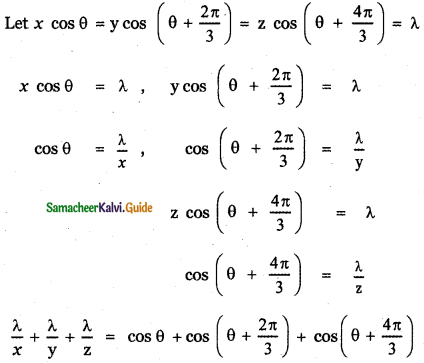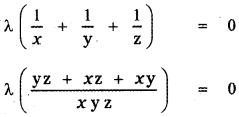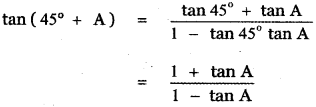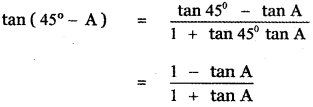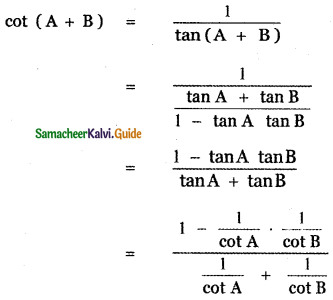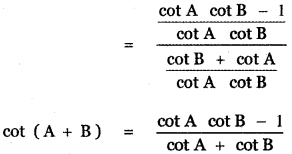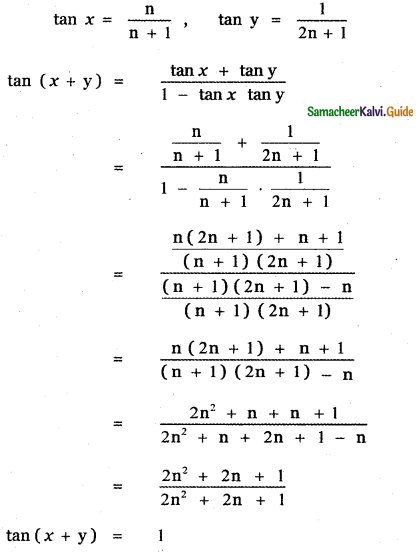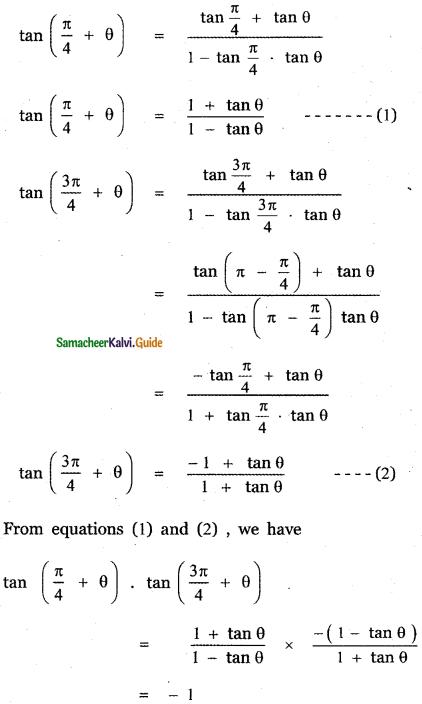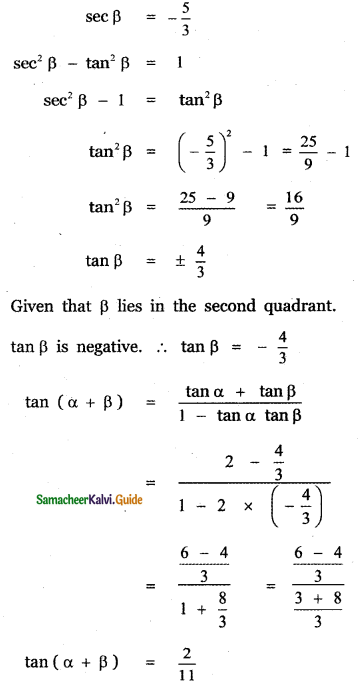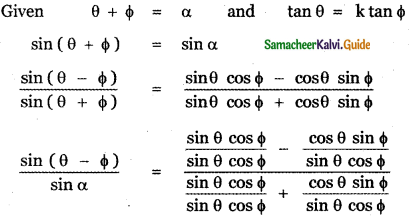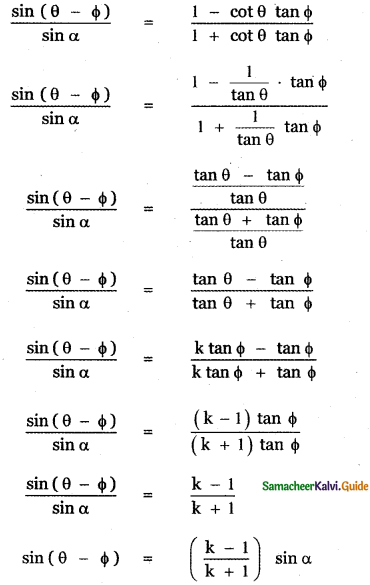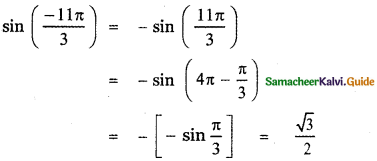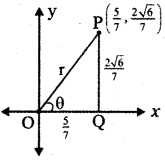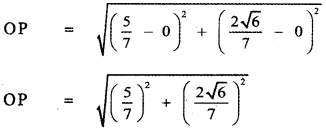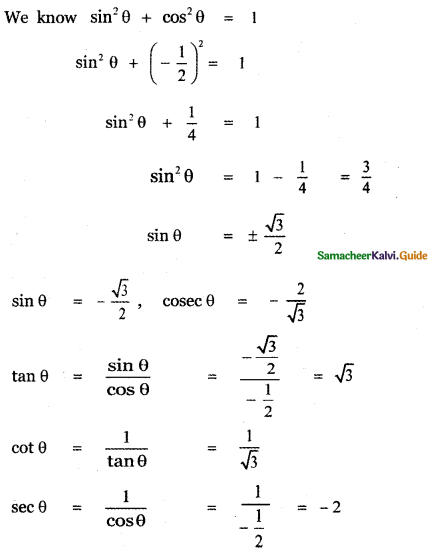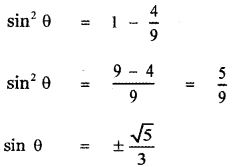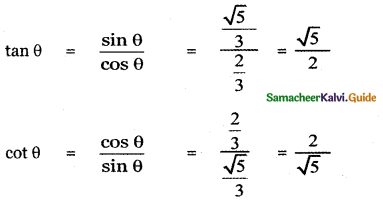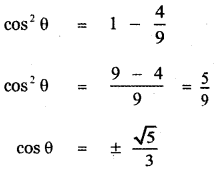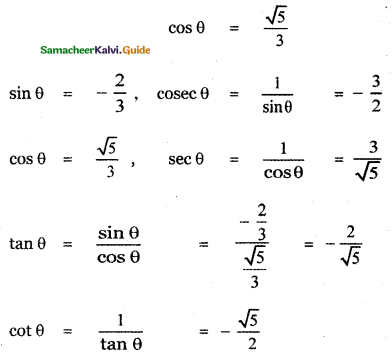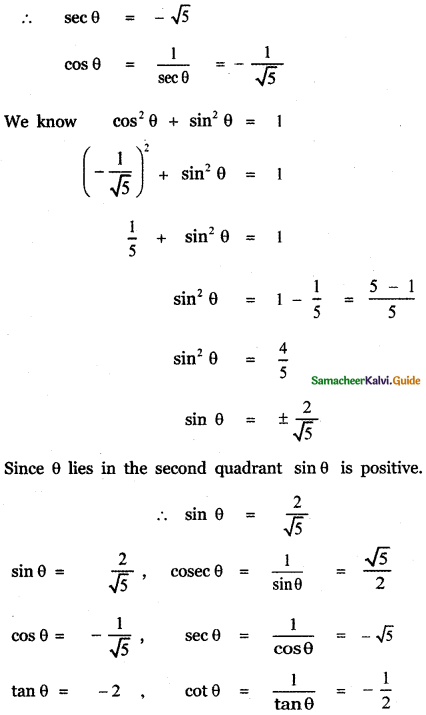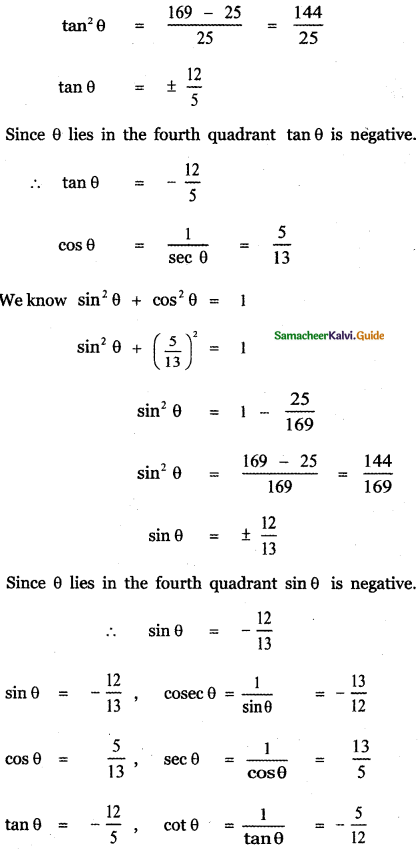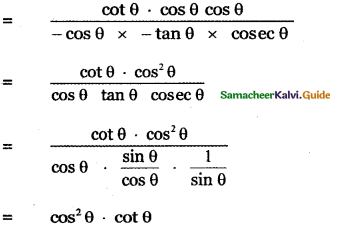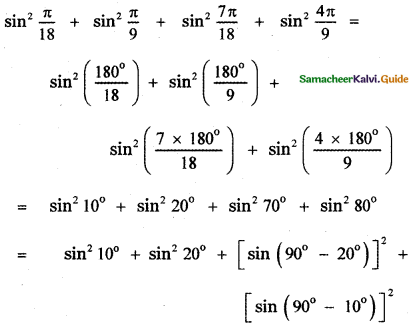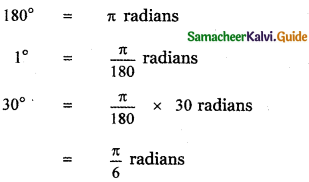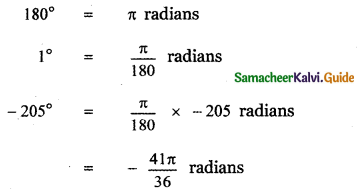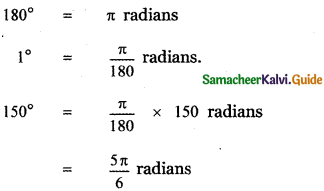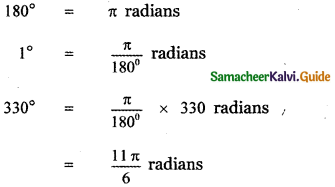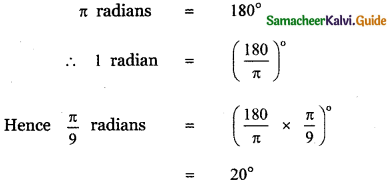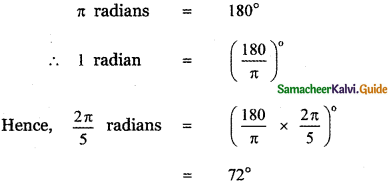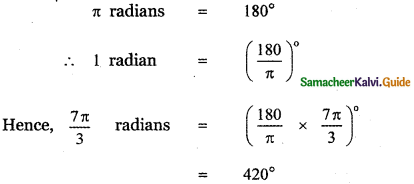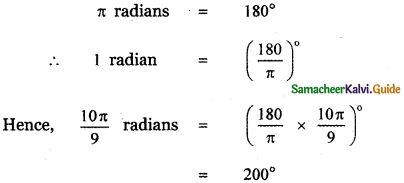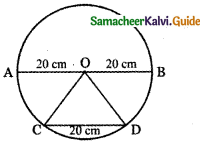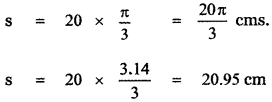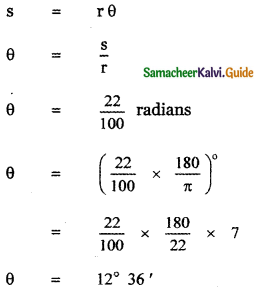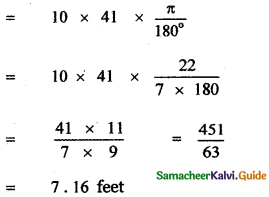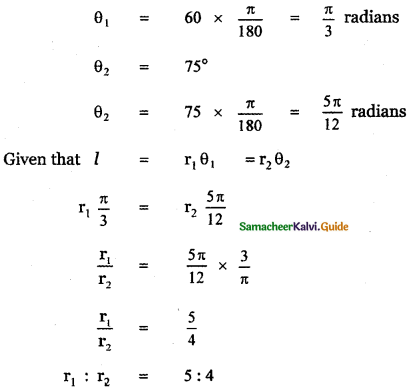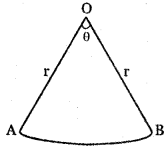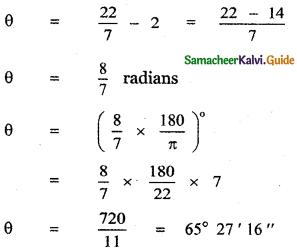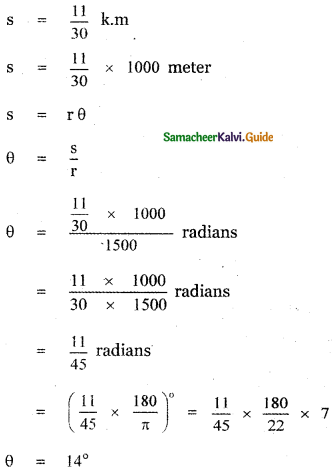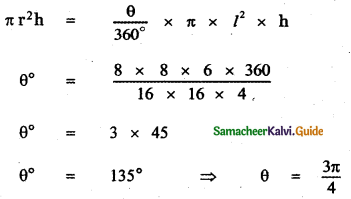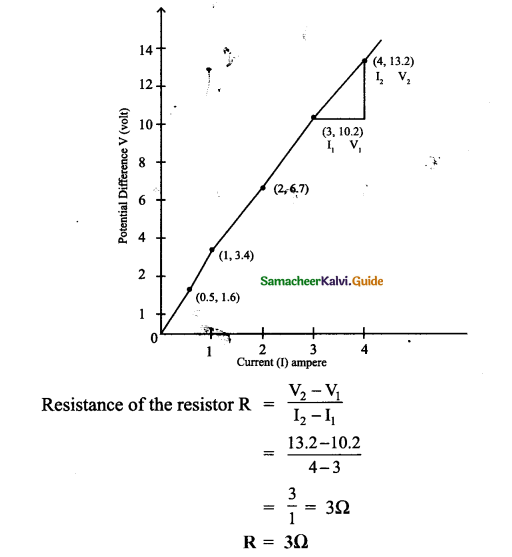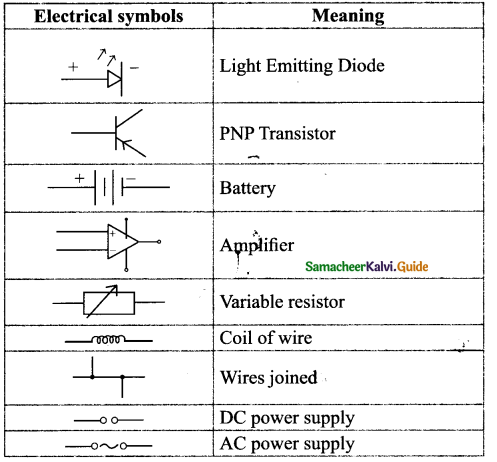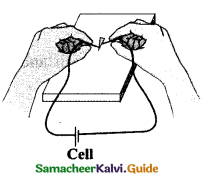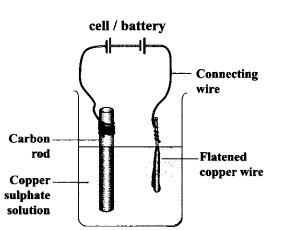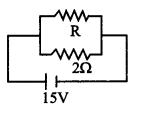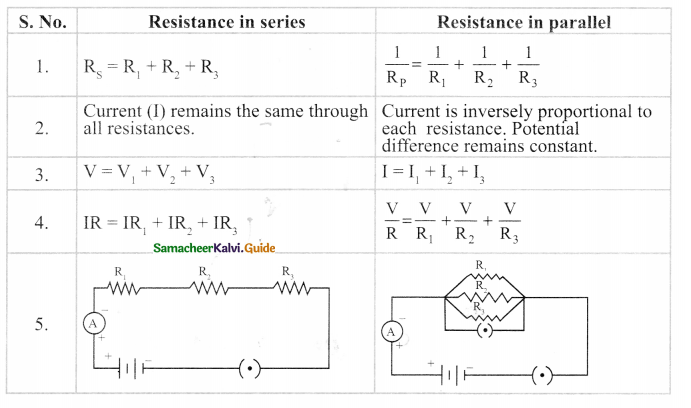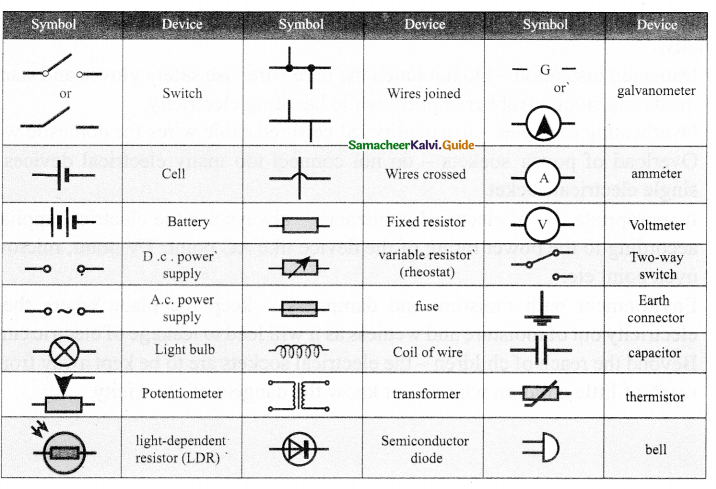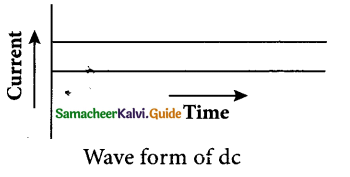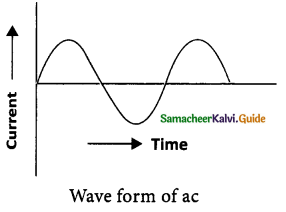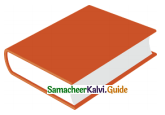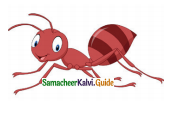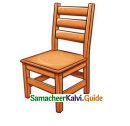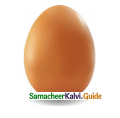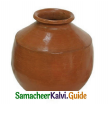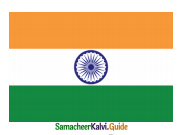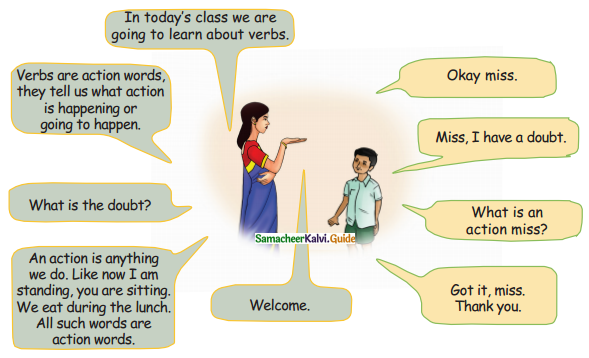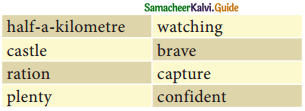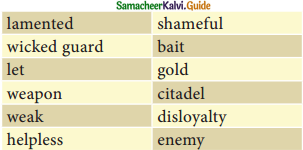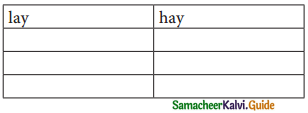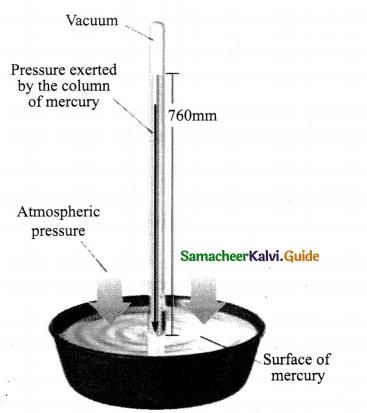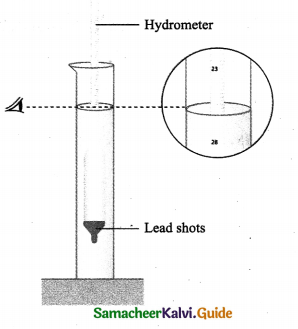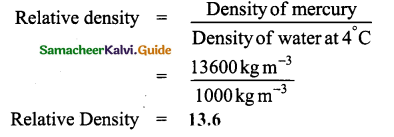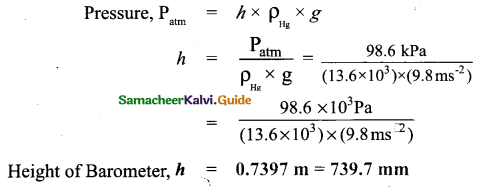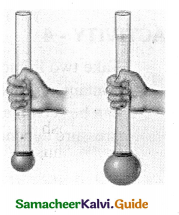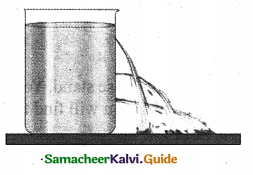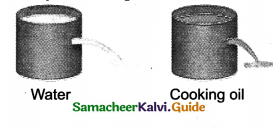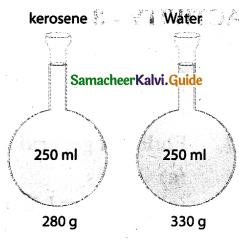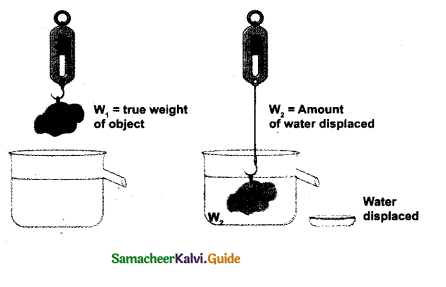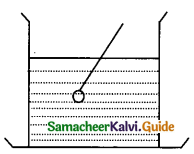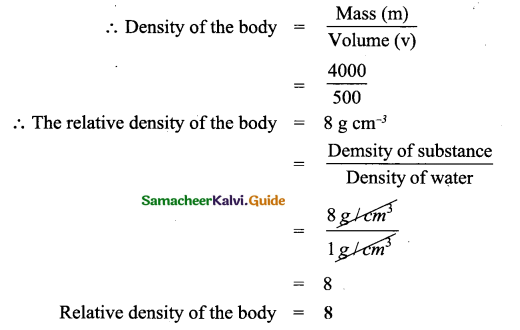Tamilnadu State Board New Syllabus Samacheer Kalvi 12th English Guide Pdf Poem 2 Our Casuarina Tree Text Book Back Questions and Answers, Summary, Notes.
Tamilnadu Samacheer Kalvi 12th English Solutions Poem 2 Our Casuarina Tree
12th English Guide Our Casuarina Tree Text Book Back Questions and Answers
Textual Questions:
1. Fill in the blanks choosing the words from the box given and complete the summary of the poem:
(Text Book Page No. 54)
Question 1.
The casuarina tree is tall and strong, with a creeper winding around it like a (1)_______. The tree stands like a (2) ________ with a colourful scarf of flowers. Birds surround the garden and the sweet song of the birds is heard. The poet is delighted to see the casuarina tree through her (3)_______. She sees a grey monkey sitting like a (4) ________ on top of the tree, the cows grazing, and the water lilies (5) ________ in the pond. The poet feels that the tree is dear to her not for its (6) appearance but for the (7) _______ memories of her happy childhood that it brings to her. She strongly believes that (8) _________ communicates with human beings. The poet could communicate with the tree even when she was in a far-off land as she could hear the tree (9) ________ her absence. The poet (10) ________ the tree’s memory to her loved ones, who are not alive. She immortalizes the tree through her poem like the poet Wordsworth who (11)________ the yew tree of Borrowdale in verse. She expresses her wish that the tree should be remembered out of love and not just because it cannot be (12)_______.
Answer:
- python
- giant
- casement
- statue
- springing
- impressive
- nostalgic
- nature
- lamenting
- consecrates
- sanctified
- forgotten
![]()
2. Based on your understanding of the poem, answer the following question in one or two sentences each:
(Text Book Page No. 55)
Question a)
What is the creeper compared to? Which tree is referred to here?
Answer:
The creeper is compared to a lady’s love.
Question b)
How does the creeper appear on the tree? Who is the giant here?
Answer:
The creepers appear like a rugged trunk with deep scars. The tree is the giant here.
Question c)
Describe the garden during the night.
Answer:
At night, the garden overflows with an endless melodious song sung by the dark king from the Casuarina Tree when the men are sleeping.
Question d)
How does the poet spend her winter?
Answer:
The poet spends her winter by seeing a gray monkey sitting like a statue on top of the tree and watching the activities of the younger monkey on the tree.
Question e)
Name the bird that sings in the poet’s garden?
Answer:
Nightingale sings in the poet’s garden.
![]()
Question f)
Why is the Casuarina tree dear to the poet’s heart?
Answer:
The poet feels that the tree is dear to her not for its impressive appearance but for the nostalgic memories of her happy childhood that it brings.
Question g)
Does nature communicate with human beings?
Answer:
Yes, nature communicates with human beings. William Wordsworth is a strong advocate of this communication.
Question h)
What has Wordsworth sanctified in his poem?
Answer:
The poet Wordsworth has sanctified the yew tree of Borrowdale in verse.
Question i)
To whom does Toru Dutt want to consecrate the tree’s memory?
Answer:
Torn Dutt wants to consecrate the memories of the tree to her loved ones.
Question j)
The casuarina tree will be remembered forever why?
Answer:
Because of the poet’s love for the tree.
![]()
3. Read the lines given below and answer the questions that follow: (Text Book Page No. 55)
“A creeper climbs, in whose embraces bound
No other tree could live”.
i) Which tree is referred to in the above lines?
Answer:
Casuarina tree is referred to in the above line.
ii) How does the tree survive the tight hold of the creeper?
Answer:
The tree is so strong that it bears the tight hold of the creeper.
iii) Why does Toru Dutt use the expression ‘a creeper climbs’?
Answer:
A creeper cannot grow without the support of another tree or a pole. While climbing, it tries to sap the energy from the living tree. If the creeper doesn’t climb, it would die without sunlight. So, the poet says the creeper climbs. It twines its body around the tree and keeps climbing.
b) The giant wears the scarf, and flowers are hung to her.
In crimson clusters all the bough among!
i) Who is the giant here?
Answer:
Casuarina tree’ is the giant here.
ii) Why is the scarf colourful?
Answer:
The crimson flowers are bright and colourful in the tree. So the scarf (crimson flower around the tree seems like a scarf) is colourful.
“Fear, trembling Hope, and Death, the Skeleton,
And time the shadow”, and though weak the
verse
That would thy beauty fain, oh, fain rehearse
May love to defend thee from oblivion’s curse.
i) What does the poet mean by the expression ‘May love defend thee from oblivion’s curse’?
Answer:
It means that the tree should be remembered out of love and not just because it cannot be forgotten.
ii) What does the expression ‘fain’ convey?
Answer:
The expression ‘fain’ means eagerness. Here, the poet is very happy and proud to remember the tree which is very dose to her heart.
iii) What does the poet convey through the expression ‘fear, trembling hope’?
Answer:
The poet conveys the deep feeling of her love towards the tree through the expression ‘fear, trembling hope’. The poet hopes that the tree will be remembered forever as the yew trees of Borrowdale immortalized by Wordsworth are still remembered.
![]()
Additional Questions:
a) “And oft at nights the garden overflows
with one sweet song that seems to have no close,
Sung darkling from our tree, while men repose”.
i) Hoe does the garden overflow?
Answer:
The garden overflows with sweet songs of the bird from the tree.
ii) When do the birds sing?
Answer:
The birds sing at night while men are taking rest.
b. “When first my casement is wide open thrown
At dawn, My eyes delighted on it rest?
i) What does ‘casement’ mean?
Answer:
Casement means window.
ii) What brings her delight?
Answer:
By seeing the sight of the Casuarina tree, She feels happy and her heart fulfilled. That tree brings her delight.
c. Sometimes and most in winter – on its crest
A gray baboon sits statue-like alone”
i) Who is sitting like a statue?/Where is the baboon sitting?
Answer:
A gray baboon is sitting like a statue. The baboon is sitting on the Casuarina tree.
ii) When does it come to the tree?
Answer:
During winter it comes to the tree.
![]()
d. “But not because of its magnificence
Dear is the Casuarinas to my soul
Beneath it, we have played, though the year may roll”,
i) How does the poet hold the Casuarina tree?
Answer:
The poet holds the Casuarina tree so dear, which brings her sweet memories.
ii) Who do ‘we’ refer to?
Answer:
‘We’ refer to the poet Torn Dutt and her siblings and friends.
e. “Unknown, yet well known to the eye of faith!
Ah, I have heard that wail far, far away”
i) Can the poet communicate with the tree?
Answer:
Yes, the poet can communicate with the tree even when she is in a far off land.
| Poem lines | Alliteration poetic device |
| 1. Like a huge python, winding round and round The rugged thing, indented deep with scars”. | Simile / zoomorphism |
| 2. A creeper climbs, in whose embraces bound No other tree could live. But gallantly The giant wears the scarf, and flower and hung….” | Personification |
| 3. “A gray baboon sits statue-like alone” | Simile |
| 4. The water lilies spring, like snow enmassed”. | Simile |
| 5. “What is that dirge-like murmur that I hear Like the sea breaking on a shingle-beach? | Simile / Personification |
| 6. ‘Thy form, trees, as in my happy prime/ | Personification |
| 7. ‘A creeper climbs, in whose embarrasses bound | Alliteration |
| 8. ‘In crimson clusters all the boughs among’ | Alliteration / Imagery |
| 9. ‘Where on all day are gathered bird and bee’ | Alliteration |
| 10. ‘With one sweet song that seems to have no close/ | Alliteration |
| 11. “At dawn, my eyes delighted on its rest,” | Alliteration |
| 12. “For your sakes, shall the tree be ever clear”. | Alliteration |
| 13.” Ah, I have heard that wail for, far away”. | Alliteration |
| 14. “When slumbered in his cave the water-wraith” | Alliteration |
| 15. “It is the tree’s lament, an eerie speech” | Personification |
| 16. “With deathless trees-like those in Borrow dale” | Simile |
| 17. Up to its very summit near the stars, | Flyperbole |
| 18. Unknown, yet well-known to the eye of faith! | Personification |
| 19. When earth lay tranced in a dreamless swoon: | Personification |
| 20. Dearer than life to me, alas, were they! | Simile |
| 21. And the waves gently kissed the classic shore | Personification |
![]()
4. Explain the following lines with reference to the context:(Text Book Page No. 56)
a) “Dear is the Casuarina to my soul”
Reference :
This line is taken from Poem – “Our Casuarina tree” Poet – “Torn Dutt”
Context:
The poet expresses her great love for the tree.
Explanation:
The poet feels that the tree is dear to her not for its impressive appearance but for the nostalgic memories of her happy childhood that it brings to her
b) It is the tree’s lament, an eerie speech.
Reference:
This line is taken from the Poem – “Our Casuarina Tree”, Poet – “Toru Dutt”
Context:
The poet brings out the great love of trees towards the poet.
Explanation:
The poet could communicate with the tree even when she was in a far off land. She could hear the tree lamenting her absence as there was a strong bond between her and the tree.
c) “Unto thy honor, Tree, beloved of those
who now in blessed sleep for eye repose,”
Reference:
This line is taken from the Poem – “Our Casuarina Tree”, Poet – “Toru Dutt”.
Context:
The poet brings out her honour and respect towards the tree
Explanation:
The poet consecrates the tree’s memory to her loved ones, who are not alive. She honors it with full of love and affection that shows how much the tree is beloved to her.
![]()
6. Answer each of the following questions in a paragraph of 100-150 words: (Text Book Page No. 56)
a) Describe the reminiscences of the poet, when she sees the Casuarina tree.
b) How does nature communicate with the poet?
c) The poet immortalizes the tree. Elucidate
Introduction:
The poem is an attempt by the poet to recapture her past and immortalize it.
Appearance and Comparison of the tree:
The tree is presented both as a symbol and as an object of nature where the poet project both time and eternity. The poem is filled with memories of the past and happy childhood days. She remembers her companions how much she loved them and was loved in return. The giant creeper is compared with a huge python. Water lilies are compared with enmassed snow. She loved the tree very much that’s why she noticed everything keenly and carefully.
Lasting impression:
The Poet describes the lasting impression that the tree has left on her mind. She describes the baboon sitting like a statue on the top of the tree while its young ones play on the lower branches. She also describes the sleepy cows moving slowly to their pastures.
Remembrance of the poet:
She links up the tree with the memories of her dead brother, Abju, and her sister, Aru. She feels great pain when she remembers the happy time that she had with them. The Casuarina tree connects her past with her present.
Communication with the tree:
The poet could communicate with the tree even when she was in a far off land as she could hear the tree lamenting her absence. The poet immortalizes the tree through her poem like poet Wordsworth who sanctified the yew tree of Borrowdale in verse.
Conclusion:
She expresses her wish that the tree should be remembered out of love and not just because it cannot be forgotten. Thus it holds a special place in the poetess’ heart.
![]()
Listening:
First, read the questions given below, then listen to the poem, read aloud by the teacher, or played on an audio player. Then answer the questions based on your listening of the poem:
Question 1.
The poet was tossing in the bed awake because of ______.
a) he was worried
b) he was struggling to sleep
C) it was day time
d) he was tired
Answer:
b) he was struggling to sleep
Question 2.
The ______ were ‘sparkling as pearls’.
a) moon
b) sun
c) stars
d) meteoroids
Answer:
c) stars
Question 3.
The ______ gave the poet a motherly smile.
a) sun
b) stars
c) moon
d) sky
Answer:
c) moon
Question 4.
________ made the poet’s eyelids droop.
a) nature
b) rosy lips
c) songs
d) tiredness
Answer:
a) nature
Question 5.
_________ is the title of the poem.
a) Wonders
b) Midnight Wonders
c) Nature
d) Midnight dreams
Answer:
b) Midnight Wonders
![]()
நமது சவுக்கு மரம்:
கவிஞரைப் பற்றி டோரு டட் (1856-77) ஒரு வங்காளக் கவிஞர். இந்திய துணைக் கண்டத்தைச் சார்ந்த இவர் ஆங்கிலம் மற்றும் பிரெஞ்சு மொழி எழுத்தாளரும் கூட. இவர் அவரது பெற்றோருக்கு மூன்றாவது பெண் குழந்தை. இவரது குடும்பத்தினர் அனைவரும் கல்வியில் சிறந்தவர்களாகவும், புலவர்களாகவும் உள்ளனர். இவளுக்கு ஆங்கிலம் கற்றுத்தர சிறந்த ஆசிரியர்கள் வீட்டிற்கே வரவழைக்கப்பட்டனர். பின் இவளுக்கு ஐரோப்பாவிலும், இங்கிலாந்திலும் நீண்ட நாட்கள் வாழ வாய்ப்பு கிடைத்தது.
இவ்வாறு மேற்கத்திய வாழ்க்கையிலும் கலாச்சாரத்திலும் இருந்தாலும் அவர் ஒரு இந்தியர் என்ற உணர்வு மாறாமல் இருந்தார். “பழம்பெரும் பாடல்கள்” மற்றும் “தலைசிறந்த இந்துஸ்தானியர்” போன்ற பிரபல பாடல்தொகுப்புகளோட “Sheaf Gleaned in French Fields” என்ற தலைப்பில் பிரெஞ்சுக் கவிதைத் தொகுப்பினையும் எழுதியுள்ளார். இவரது கவிதைகளிலேயே சிறந்த எங்கள் சவுக்கு மரம் என்ற இந்த பாடல் இவரது மேலும் பல பாடல்கள் என்ற தொகுப்பில் இடம்பெற்றுள்ளது.
கவிதையைப் பற்றி:
கவிஞர் தன் வீட்டின் முற்றத்தில் வளர்ந்திருக்கும் சவுக்கு மரத்தை பற்றியும் அதன் உருவமைப்பு, வளர்ந்திருக்கும் விதத்தைப் பற்றியும் இந்த கவிதையில் அழகாய் வர்ணிக்கிறார். சவுக்கு மரத்திற்கும் தனக்கும் உள்ள அன்பு பிணைப்பை எடுத்துரைப்பதோடு, அதை பார்க்கும்போதெல்லாம் தன் கடந்த கால குழந்தைப் பருவத்தை நினைவிற்கு கொண்டுவந்ததை நமக்கு இக்கவிதை வழியாக எடுத்துரைக்கிறார்.
அவர் அவ்விடத்தில் இல்லாமல் போனதற்காக அம்மரம் புலம்புவதை அவரால் கேட்க முடிகிறது. அவரின் (மூதாதையரின் நினைவாக அந்த மரத்திற்கு உயிர் கொடுத்து அதை அதிகமாக நேசிக்கிறார். அதைப்பற்றி விரிவாக கீழே காண்போம்.
![]()
Our Casuarina Tree Summary in Tamil
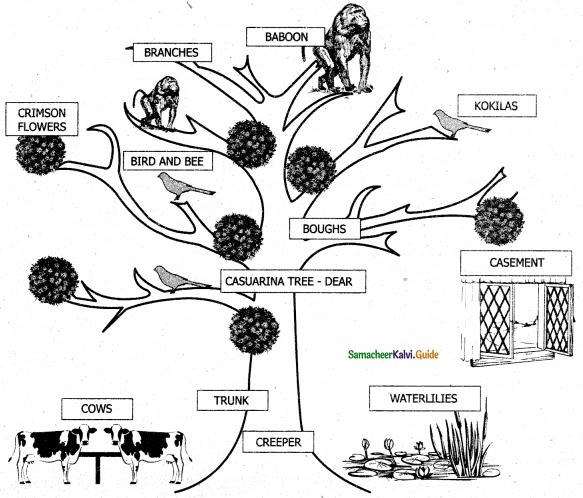
தமிழாக்கம் மிகப்பெரிய தழும்புகள் நிறைந்த
முரட்டு உடல் படைத்த மலைப்பாம்பு (சவுக்கு மரம்) ஒன்று சுருண்டு கிடப்பது போல்
விண்மீன்களுடன் சந்திப்பு நிகழ்த்தப்போவது போல்,
ஒரு கொடி ஏறுகின்றது, அதன் தழுவல் பிணைப்பில்
வேறெந்த மரமும் வாழ இயலாது.
ஆனால் கம்பீரமாக அந்த ராட்சசன் (the giant) தாவணி அணிந்திருக்க,
செந்நிற மலர்கள் அம்மரத்தின் கிளையெங்கும் கொத்துக்களாய் பூத்துக் குலுங்க,
அந்நேரம் பறவைகளும் தேனீக்களும் அவற்றை மொய்க்க,
அடிக்கடி இரவில் அந்த தோட்டத்தில் ஓர் இனிய பாடல் நெருக்கமின்றி,
அம்மரத்திலிருந்து மக்கள் உறங்கும்போது பாடப்பட்டது.
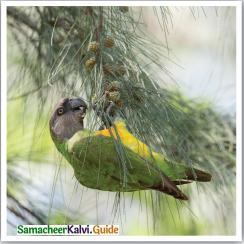
மாலை மங்கும் போது எனது பை திறந்த நிலையில் எறியப்பட்டிருப்பதை
முதலில் பார்த்த போது எம்மனதில் மகிழ்ச்சி, சிலசமயம், மழைக்காலத்தில்,
அதன் முகட்டின் மேல் ஒரு சாம்பல் நிறக்குரங்கு சிலைபோல்
தனியே அமர்ந்து சூரிய உதயம் காண,
கீழ் கிளையில் அக்குரங்கின் இளவல் தாவிக் குதித்து விளையாடுகிறது.
![]()
அருகிலும் தொலைவிலும் சிட்டுக் குருவிகள் புகழ் பாட
அதன் புல்வெளிகளுக்கு நமது பசுக்கள் படையெடுக்க
அம்மர நிழல் அருகிருந்த பெரிய தண்ணீ ர் தொட்டியில் படர
அவ்வளவு அழகாக அவ்வளவு பெரிதாக – நீர்
அல்லிப் பூக்கள் மலர்ந்து குவிந்திருக்கிறது பனிபோல்.

ஆனால் இம்மரத்தின் மீதான எனது அன்பு
அதன் பிரம்மாண்ட தோற்றத்தினால் அல்ல,
அதனடியில் நாங்கள் விளையாடியிருக்கிறோம்.
வருடங்கள் உருண்டாலும் இனிய உறவுகளே, ஆழமான அன்போடு நேசித்தவர்களே,
உங்களால் தான் இம்மரம் எனது நெருக்கமானது.
உங்கள் உருவங்கள் கலந்து இது மேலெழட்டும் நினைவில்,
கதகதப்பான கண்ணீர் என் கண்களை மறைக்கும் வரை!
இறுதியஞ்சலி போல் என் காதினில் ஒலிப்பது என்னவோ
பாறை நிறை கடற்கரையில் உடையும் கடல் போல்?
இது அம்மரத்தின் ஓலம், ஓர் விந்தை பேச்சு,
ஒருவேளை யாரும் அறியா தீவினை சென்றடைவதற்கோ?
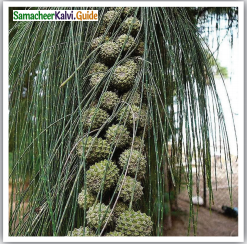
யாருமறியாதது இருந்தும் நம்பிக்கையின் கண்கள் நன்கறிந்தது.
ஆ! நான் அந்த புலம்பலை தொலைவினின்று கேட்டிருக்கிறேன்.
தூரத்து நாடுகளில், பிரான்ஸிலும் இத்தாலியிலும் கடற்கரை ஓரங்களை
நெருங்கும் போதெல்லாம் கேட்டிருக்கிறேன்.
நிலவொளியில் நான் நடந்து செல்லும்போது கேட்டிருக்கிறேன்.
நிலமகள் மயங்கும் வேளையிலும் கேட்டிருக்கிறேன்.
ஒவ்வொரு முறை இந்த பாடல் கேட்கும் போதும் ஓயாமல் நினைவூட்டுகிறது
ஒரு பிரம்மாண்ட உருவத்தை உன் உருவமே,
ஓ மரமே! என் மகிழ்ச்சி தருணத்தில் உன்னைக் காண்கிறேன்,
எனது அன்பு காலநிலையில் என் உள்ளம் காண்பது உன் உருவமே.
![]()
ஆகவே நான் ஆர்வமாய் உனக்கொரு சிலை நிறுவுவேன்.
உனது மகிமைக்காக, மரமே! என் உயிருக்கும் மேலான என் அன்புக்குரியவர்கள்
நித்திய இளைப்பாறுதல் பெற்றவர்கள்.
அவர்களது அன்பிற்கும் பாத்திரமான உனக்காக!
பாரோடேலில் (Borrowdale) உள்ள அழிவற்ற மரங்களோடு சேர்த்து நீயும் எண்ணப்படுவாயாக,
என் காலம் முடிந்த பின்னும் உன் வலுவிழந்த கிளையடியில் உலாவுகிறது என் மனது,
“பயம், நடுங்கும் நம்பிக்கை மற்றும் இறப்பு, எலும்புக்கூடு நேர நிழல்,
வலுவற்ற வார்த்தைகளாய் இருந்தாலும் அதுவே அழகானது,
அழகான பாடலானது மறதியின் சாபத்திலிருந்து காக்கப்படும் என் அன்பு”.
